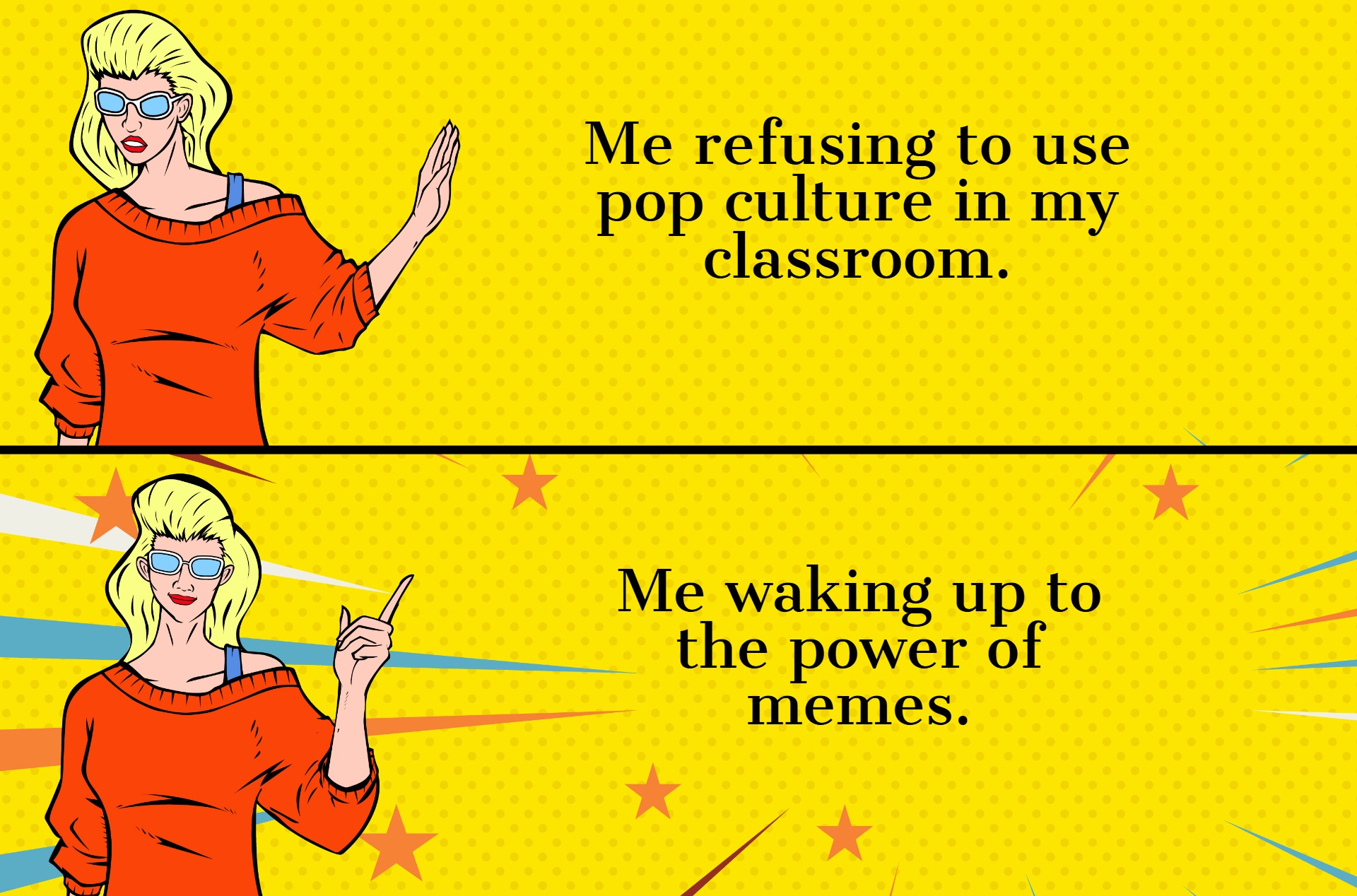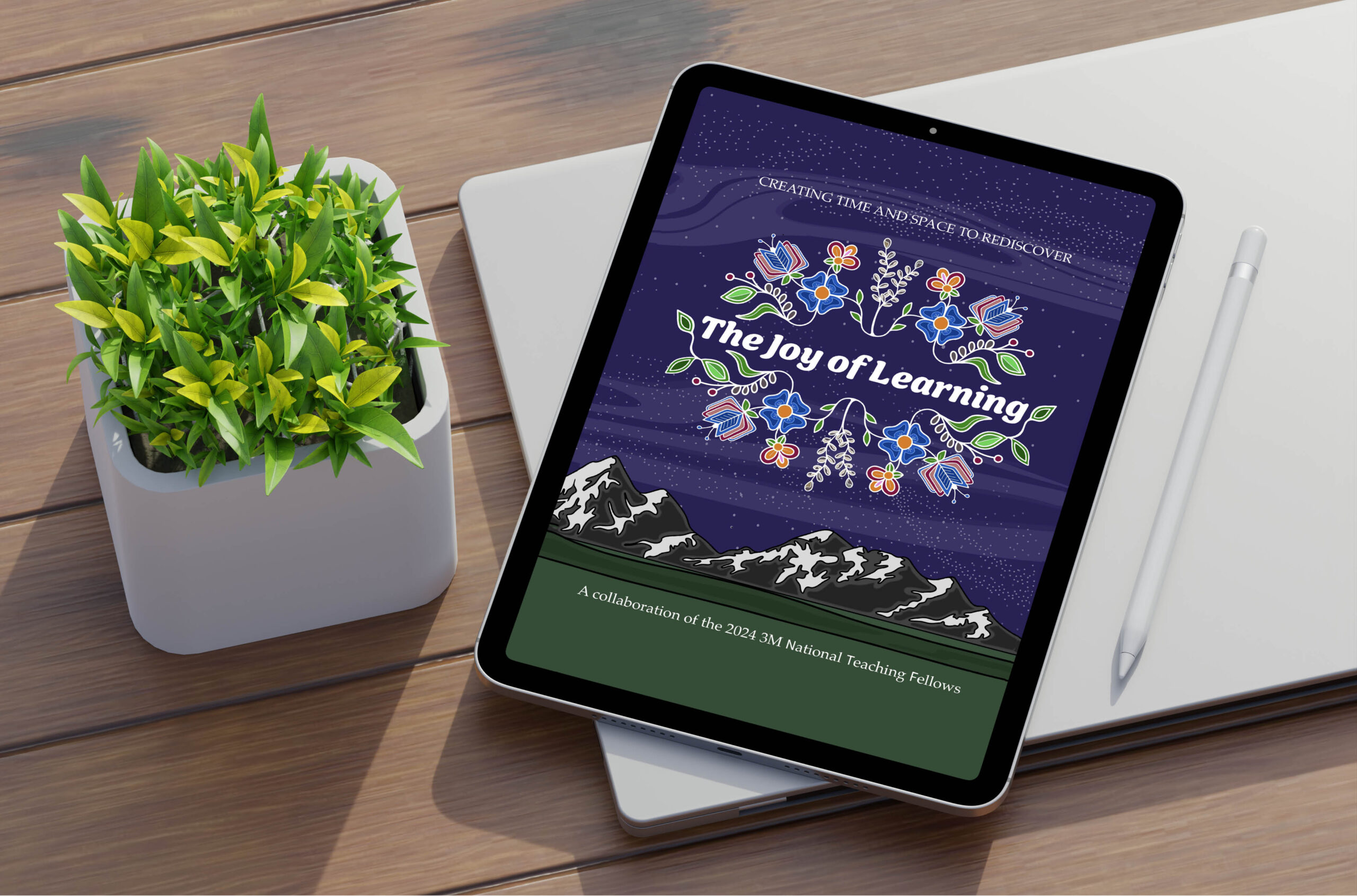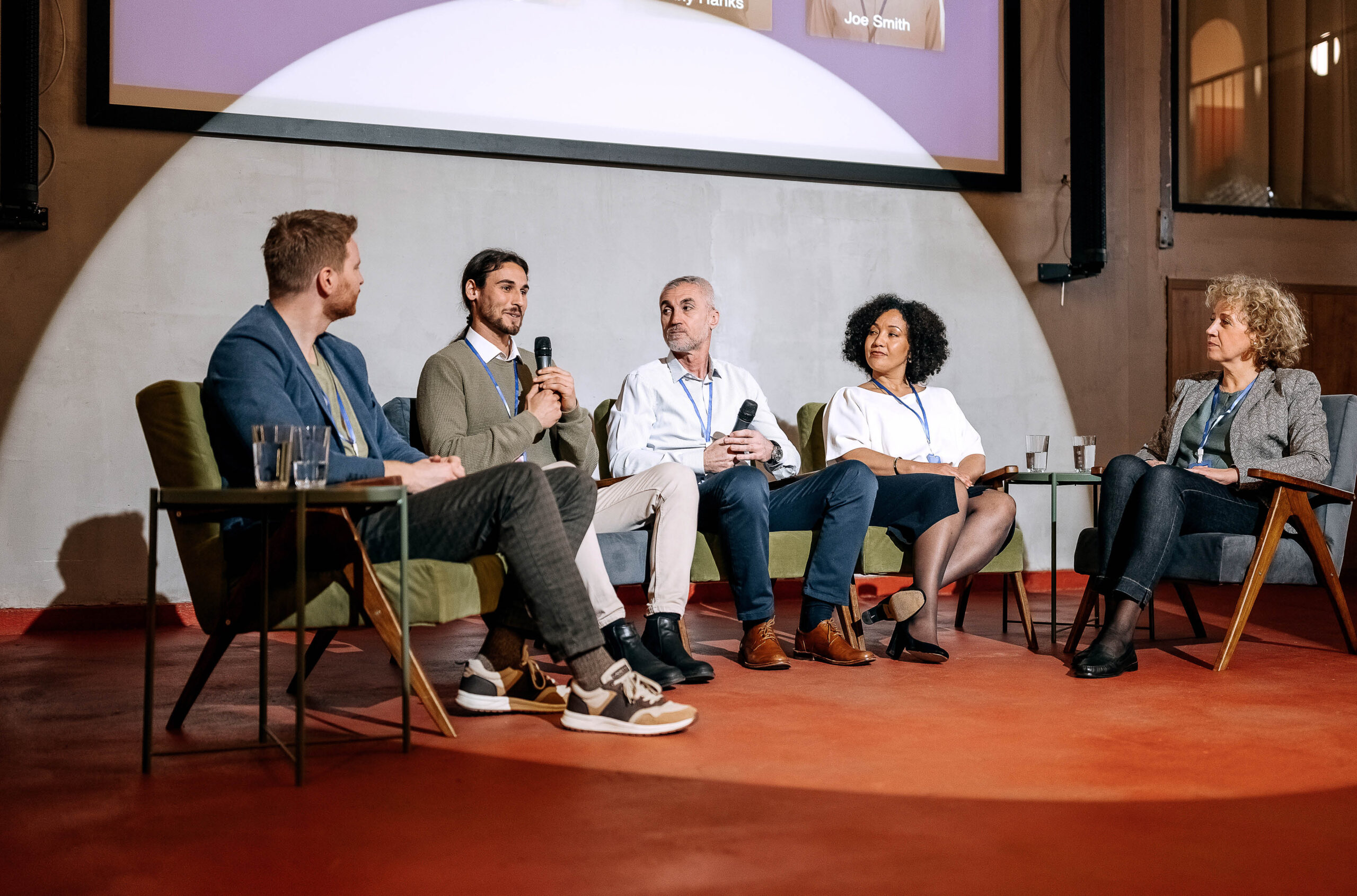How to engage non-academic university staff in professional development
A case study from the human rights and equity office at Queen’s University.

Central to the mandate of the human rights and equity office at Queen’s University is the mainstreaming of discussions on equity, diversity and inclusion on campus. Non-academic staff play a critical role in this effort, due to their interactions with diverse communities within the institution. To amplify this mainstreaming effect through education and professional development, it is essential that we prioritize the use of innovative technology, peer-to-peer learning and the building of connections across units on campus.
In 2018, in response to community demand, our office launched a blended learning program that was open to 20 staff within a unit on campus. The Diversity and Inclusion in the Workplace Staff Team Learning Program (STLP) covered themes such as privilege, bias, diversity and inclusion. For each topic, participants were provided with a list of readings, videos and activities. The participants engaged in weekly moderated discussion forums designed to promote peer-to-peer learning. The culminating activity for the program had staff come together for an in-person session where key themes were discussed.
In 2019, STLP was offered again with changes in the content, structure and online platform based on feedback received from the original pilot program. Notable changes included a reduction in length of the program from 10 weeks to eight weeks. It had become clear that, although staff were seeking a deeper discussion of this material, there is a threshold beyond which the time commitment and expectations can become too much. In addition, a second in-person session was added, and these were staggered throughout the program. The in-person sessions provided staff with an opportunity to seek feedback and engage with one another in a more sustained and frequent manner.
The most significant change in 2019 was the switch from the Brightspace learning management system (LMS) to Microsoft Teams. Feedback from the 2019 cohort indicated that Teams was easier to navigate and provided a forum for easy peer-to-peer engagement. Based on the positive program evaluations, the STLP has become an ongoing professional development opportunity for staff. Over the course of this two-year initiative, three main takeaways have emerged: the power of a social team-learning platform, peer-to-peer engagement as essential to adult learning, and the need to build connections and learning across units on campus.
Traditionally, an LMS is a space for asynchronous activities. Microsoft Teams is different, in that it promotes a seamless collaboration experience. The interface makes synchronous learning easy with integrated features such as its social media-like chatting abilities through “channels.” The real-time notifications through the desktop and Office 365 web application make it easier for the learner to stay engaged with the program content and group interactions. Through social team learning, we can provide staff with the opportunity for meaningful discussions in their busy work schedules. Evident throughout this two-year initiative was the need to select an online learning platform that was suited for the engagement of staff in a professional environment.
Throughout the program, staff were provided with opportunities for both individual and peer-to-peer learning (moderated discussion forums and in-person sessions). Using Teams, staff could tag and respond directly to one another within the discussion forums for the course. These mechanisms within Teams allowed staff to contribute to each other’s learning in a timely and responsive way that mimicked in person interactions. As the program progressed it became clear that these peer-to-peer discussions (both online and in-person) were an essential part of the learning process. These discussions were authentic and vulnerable, ultimately bringing the cohort closer together and increasing awareness and knowledge.
For some staff, the STLP represented their first sustained interaction with one another, even though they were all working within the same unit. The connections that were formed during this program were an intentional by-product of the program design. During interactions within the program, staff made connections between the work occurring in their teams and the work happening in other teams within the portfolio. This platform became a tool for breaking down silos and fostering synergies and areas for future collaboration. Dialogue across teams was occurring and strategies were being built for ongoing and future work in the realm of equity, diversity and inclusion on campus.
Erin Clow is an education and training advisor. Candace Parsons is a multimedia and e-learning support analyst. Both work in the human rights and equity office at Queen’s University.
Featured Jobs
- Psychology - Assistant Professor (Speech-Language Pathology)University of Victoria
- Business – Lecturer or Assistant Professor, 2-year term (Strategic Management) McMaster University
- Canada Excellence Research Chair in Forest Biodiversity Conservation (Full Professor)University of New Brunswick
- Canada Excellence Research Chair in Computational Social Science, AI, and Democracy (Associate or Full Professor)McGill University
- Veterinary Medicine - Faculty Position (Large Animal Internal Medicine) University of Saskatchewan













Post a comment
University Affairs moderates all comments according to the following guidelines. If approved, comments generally appear within one business day. We may republish particularly insightful remarks in our print edition or elsewhere.